In the rapidly expanding world of logistics and transportation, crude tankers have emerged as indispensable assets. The demand for crude oil is ceaseless, and with the consistent growth of the oil and gas industries in Zambia, the need for efficient transportation solutions is paramount. For businesses considering investing in crude tankers, particularly in Zambia, understanding market dynamics, operational costs, and logistical requirements is critical. This article delves into the various facets of crude tankers available for sale in Zambia, ensuring that readers are well-equipped to make informed decisions.
The Market Landscape for Crude Tankers in Zambia
Economic Growth and Demand
Zambia’s economy is predominantly agrarian, but its mineral exploration, particularly in copper and oil, has propelled growth in the energy sector. As mining operations expand, so does the demand for transportation equipment, especially crude tankers.

Key Market Drivers:
- Increased Oil Exploration: Recent discoveries of oil reserves have stimulated interest from foreign investors.
- Infrastructure Development: Investments in new roads and railways have improved logistics, enhancing tanker operations.
- Regulatory Support: The Zambian government is fostering an environment conducive to business with incentives for the transportation sector.
Advantages of Investing in Crude Tankers
Investing in crude tankers presents numerous advantages:
| Advantages | Description |
|---|---|
| Capital Appreciation | As demand for transportation grows, so does the value of tankers. |
| Diversification of Assets | Enhances financial stability through varied revenue streams. |
| Sustainability Initiatives | Implementation of cleaner fuel technologies aligns with global trends. |
Types of Crude Tankers Available in Zambia
Crude tankers come in various designs and sizes, each suited to different operational needs. Understanding the different types can assist in making an informed purchasing decision:

1. Aframax Tankers
These medium-sized vessels are ideal for regions with port limitations but are large enough to carry considerable amounts of crude oil. They typically range from 80,000 to 120,000 deadweight tons (DWT).
2. Suezmax Tankers
Larger than Aframax, Suezmax tankers can carry between 120,000 to 200,000 DWT, making them suitable for larger ports and transiting the Suez Canal.
3. VLCC (Very Large Crude Carrier)
These are colossal tankers, each capable of transporting over 200,000 DWT. Suitable for long-haul voyages, they represent an efficient way to move large volumes of crude.

4. Panamax Tankers
They are designed to meet the size restrictions of the Panama Canal, usually carrying between 60,000 to 80,000 DWT.
Comparison Table of Crude Tanker Types
| Tanker Type | DWT | Portability | Suitability |
|---|---|---|---|
| Aframax | 80,000 – 120,000 | Moderate | Regional trades, emerging markets |
| Suezmax | 120,000 – 200,000 | High | Long voyages, deep water ports |
| VLCC | >200,000 | Very High | International seaborne trade |
| Panamax | 60,000 – 80,000 | Moderate | Canal transits, regional operations |
Operational Considerations for Crude Oil Transportation
When acquiring crude tankers in Zambia, understanding operational considerations is key to ensuring efficiency and profitability:
1. Regulatory Compliance
- Government regulations regarding safety and environmental impact must be adhered to.
- Regular inspections and certifications are mandatory to maintain licenses.

2. Maintenance Costs
- Routine maintenance is critical to ensure the longevity and safe functioning of tankers.
- Proper management of maintenance schedules can significantly reduce operational downtimes.
3. Fuel Efficiency
- Fuel consumption represents a significant portion of operational costs. Investing in modern, fuel-efficient tankers can yield long-term savings.
4. Crew Training
- Skilled personnel are essential for safe and efficient operations. Investing in crew training can lower accidents and enhance efficiency.

Financing Options for Crude Tankers
When it comes to financing crude tankers for sale in Zambia, there are several routes a business can consider:
1. Direct Purchase
- Ideal for companies with sufficient capital reserves aiming for long-term ownership.
2. Leasing Options
- Operating leases can help businesses allocate resources more effectively while minimizing upfront costs.

3. Financing Through Banks
- Specialized maritime loans can be acquired to fund the purchase of tankers, usually based on the asset’s expected earnings.
4. Partnerships
- Joint ventures can allow companies to share costs and risks associated with purchasing and operating tankers.
5. Government Grants and Subsidies
- Checking for any available government support for transportation initiatives can enhance financing options.

Selecting the Right Crude Tanker
Choosing the best crude tanker requires discerning between multiple factors tailored to specific operational needs.
Factors to Consider:
| Factor | Description |
|---|---|
| Capacity Requirements | Assess how much crude oil the business needs to transport at any one time. |
| Compatibility with Local Ports | Ensure that the selected tanker fits operationally within Zambian ports. |
| Initial Costs vs Long-term Benefits | Evaluate the purchase price against expected operational efficiency gains. |
| Supplier Reputation | Consider purchasing from established manufacturers such as CarMax Vehicle to ensure quality and service. |
The Purchasing Process
Acquiring crude tankers involves several steps—from market research to final negotiations. Below is a structured outline of the purchasing process:
- Identify Needs: Clearly define what your operations require in terms of tanker capacity and type.
- Market Research: Evaluate available crude tankers for sale in Zambia, focusing on specifications and warranties.
- Supplier Assessment: Investigate manufacturers such as CarMax Vehicle for durability and reliability.
- Financial Planning: Develop a budget and explore financing options to optimize investment.
- Inspection and Testing: Assess the physical condition of potential tankers and perform necessary inspections.
- Negotiation: Engage in pricing negotiations and contractual agreements.
- Finalization: Complete the sale, ensuring all regulatory compliance is met.

Conclusion
Investing in crude tankers for sale in Zambia presents a unique opportunity for businesses in the burgeoning oil and gas sector. By understanding market dynamics, types of tankers available, operational considerations, and the purchasing process, potential buyers can navigate this landscape with confidence. Whether you are a small business or a major player in the industry, aligning with reputable manufacturers like CarMax Vehicle can enhance your operational capacity and profitability.
FAQs
What are the primary types of crude tankers available in Zambia?
The main types of crude tankers available include Aframax, Suezmax, VLCC, and Panamax.

How can I finance the purchase of a crude tanker in Zambia?
You can explore direct purchase, leasing, bank loans, partnerships, or government grants.
What key regulations must I comply with when operating a crude tanker in Zambia?
Regulations concerning safety, environmental impact, and regular inspections must be strictly adhered to.
How do I ensure I choose the right tanker for my business?
Consider your capacity requirements, port compatibility, cost-benefit analysis, and choose reputable suppliers to make an informed decision.


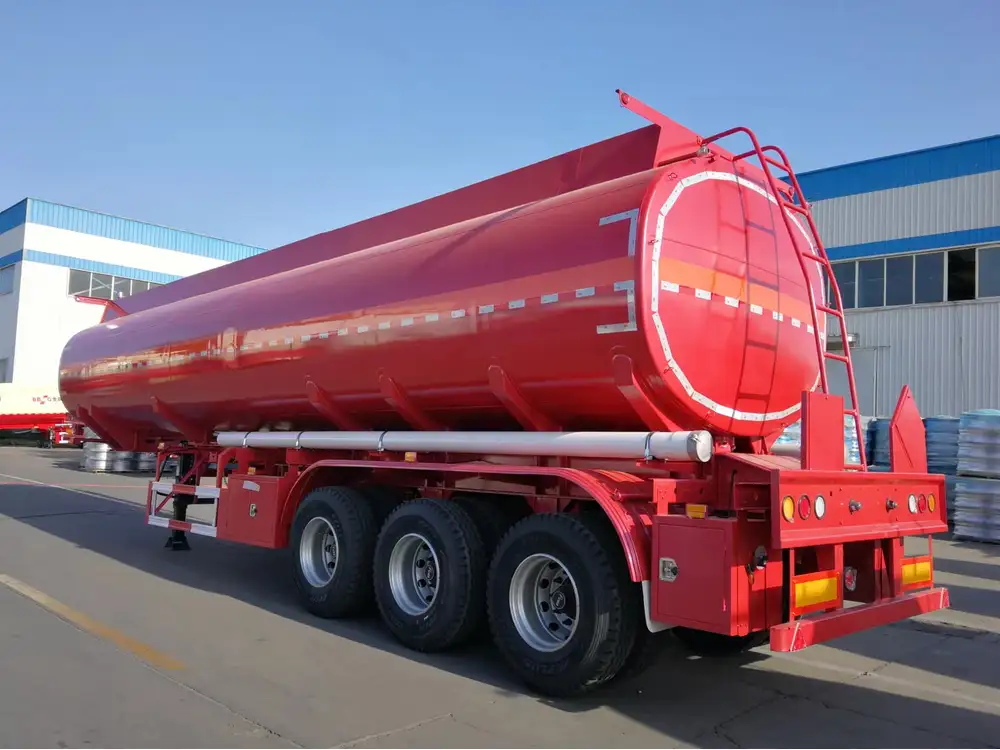
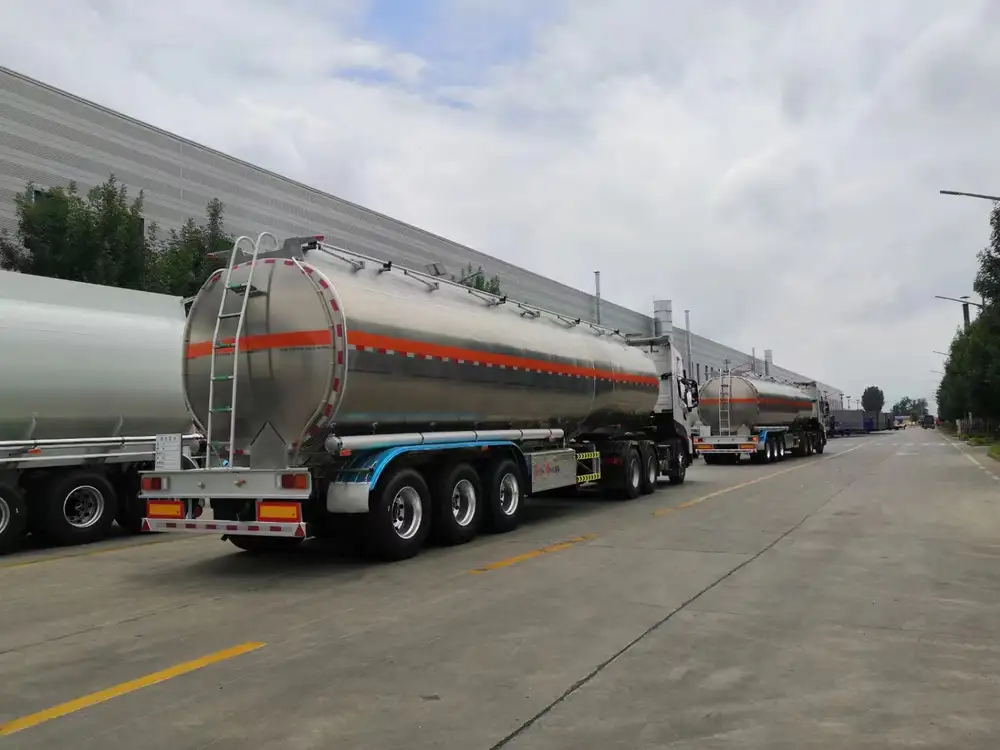

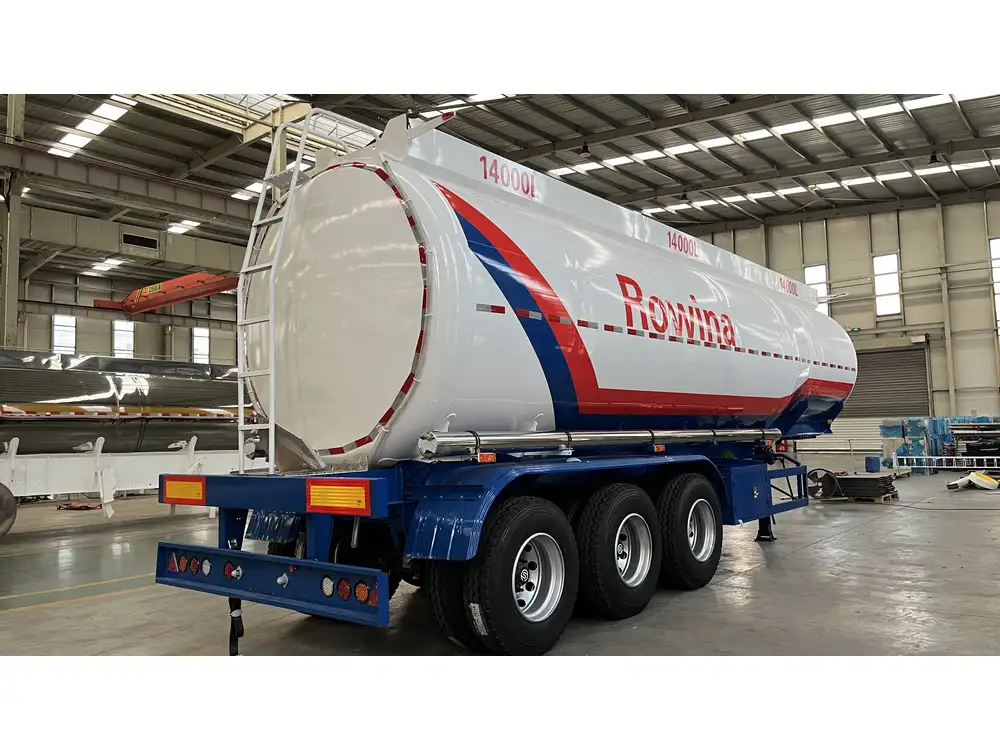


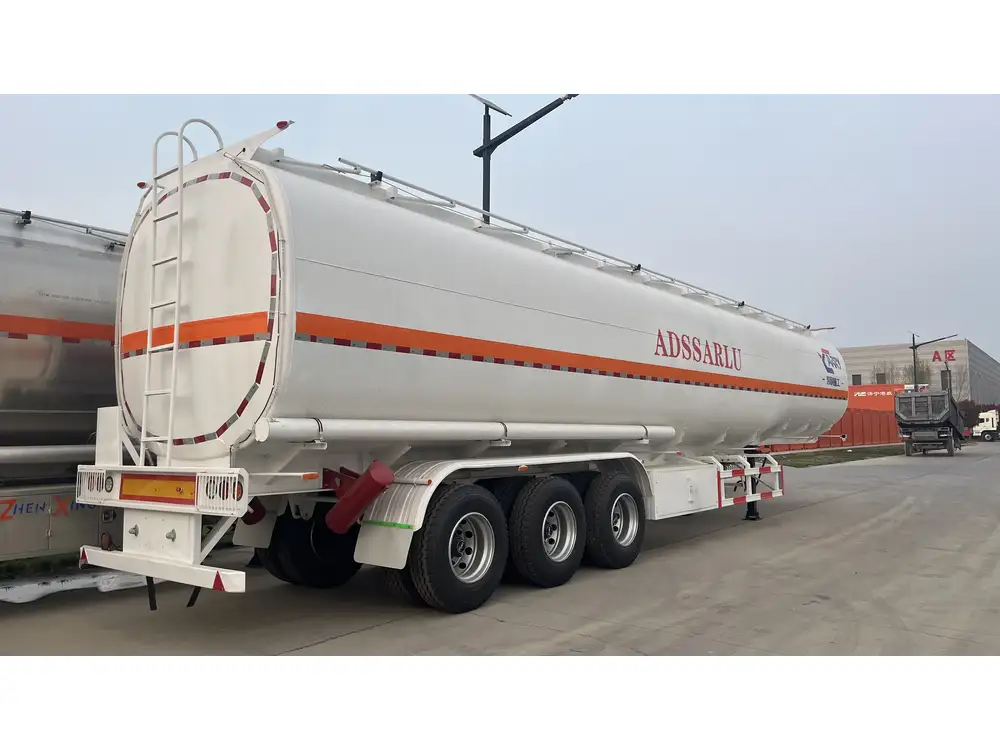
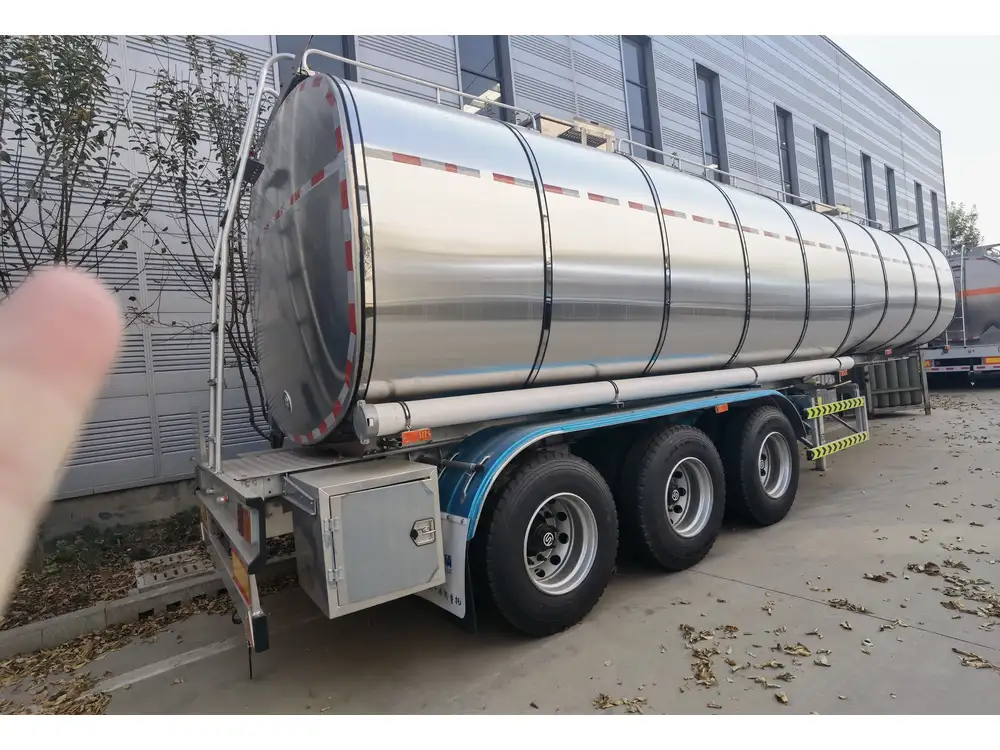
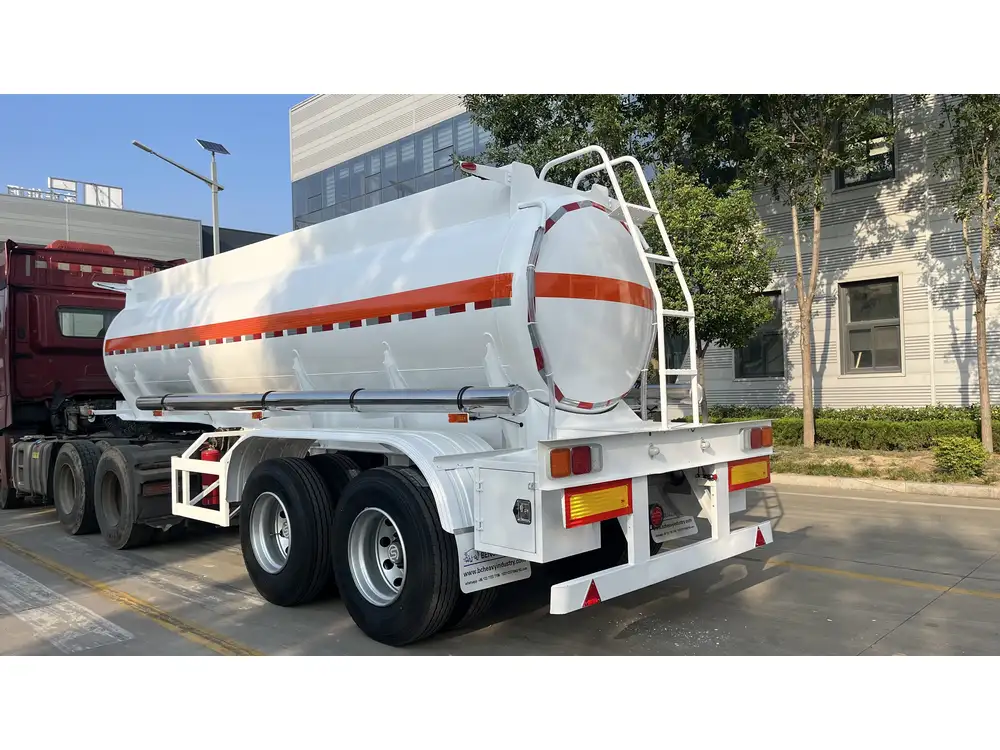


Reviews
There are no reviews yet.